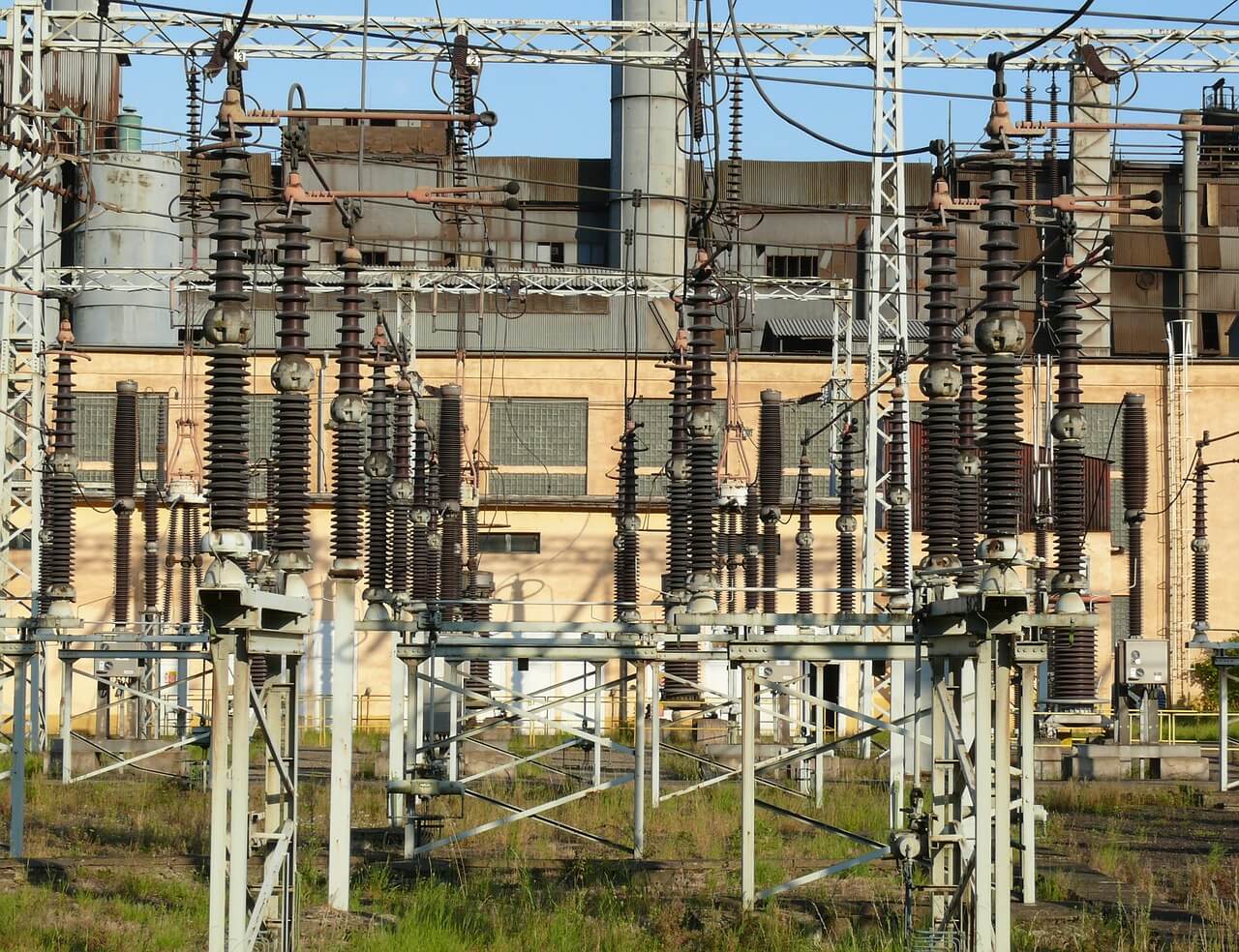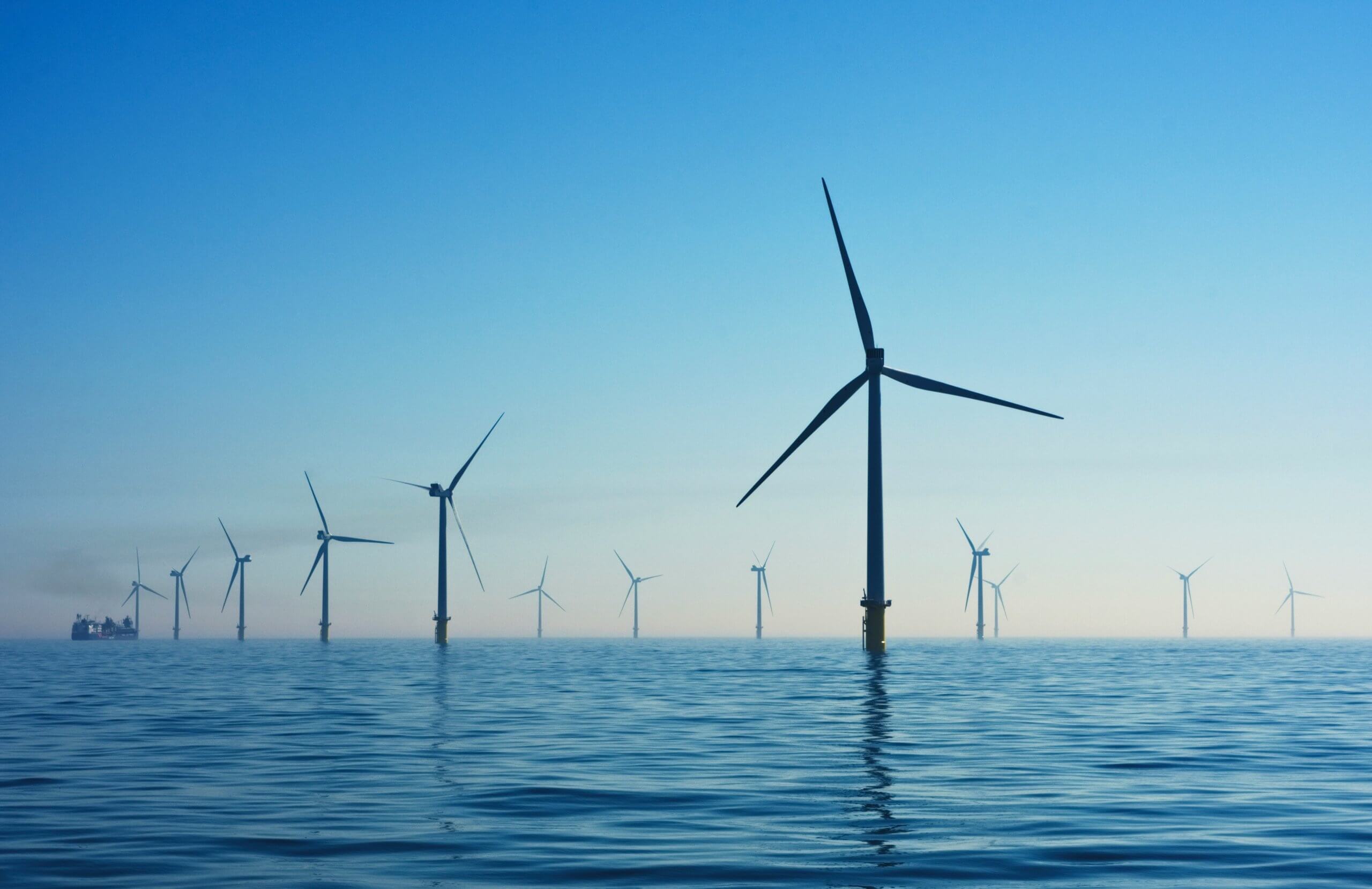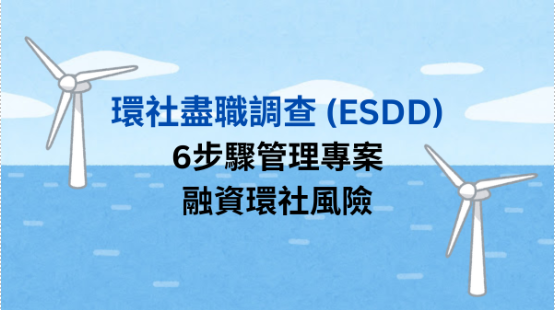Table of Contents
ToggleElectrical Insulators
The Unsung Hero of Electrical Safety: What Is an Insulator?
If you’ve ever looked up at towering high-voltage transmission lines or noticed bowl-shaped rings on roadside utility poles, you’ve likely seen an insulator. Though it may seem like a minor component, the insulator plays a critical role in the electrical power system. Its main job is to help power lines “stand firm” while preventing them from causing electric shocks. In other words, when wires are mounted on towers or poles, the insulator acts like a pair of insulating shoes—it secures the wires while preventing electricity from flowing where it shouldn’t. Without insulators, high-voltage current could flow directly from the wires to the tower or the ground, potentially causing fires or blackouts. You can think of insulators as the “moat” of the power system—though often unnoticed, they are essential to preventing disaster.
.
Dual Mission of Isolation and Support: The Basic Principle of Insulators
The function of an insulator is simple—to give high-voltage electricity a safe path to travel, without letting it stray. Just like guardrails on an airport runway help planes taxi safely without veering off course, insulators guide electricity along a designated path, preventing it from jumping walls or causing danger. The core principle lies in a combination of insulation and mechanical support. On one hand, the insulator serves as a thick wall, stopping current from passing through; on the other, it acts like a sturdy bracket that keeps power lines suspended in the air. For example, if a power line crosses a river without insulators, moisture from rain or wind could cause current leakage along the tower or to the ground—with dire consequences. Thus, insulators are not only anti-leak devices but also act as safety valves for the entire power grid.
.
From Suspension to Composite: The Diverse Evolution of Insulators
Just like there are different types of shoes for different activities, insulators come in various types depending on their usage. Suspension insulators, which resemble a string of bowls, are used for high-voltage transmission lines. When one isn’t enough, multiple units are strung together to increase the insulation distance—much like using a larger umbrella in a downpour. In urban areas, pin-type insulators are common; these are affixed to poles like nails and are used for low or medium-voltage distribution lines. At substations, post insulators resemble thick columns that hold equipment steady and prevent it from shifting. In highly polluted or saline environments—such as near fish farms or industrial zones—long-rod or composite insulators are preferred. Their materials are designed to resist salt deposits and dust accumulation, preventing current leakage—essentially giving the insulator a “protective suit” against dirt and corrosion. For instance, a coastal wind farm in Kaohsiung, Taiwan, uses silicone-based long-rod insulators to resist salt damage and has successfully reduced maintenance costs over the years.
.
From Porcelain to Silicone: Technological Breakthroughs in Insulator Materials
In the past, insulators were predominantly made from ceramics, resembling porcelain bowls. While strong, they were heavy, fragile, and difficult to transport—like dropping a ceramic bowl and watching it shatter. With technological advances, toughened glass insulators became popular, often appearing transparent or light green. Their advantage lies in their shattering pattern—if damaged, they break in a radial manner, making it easy to visually detect faults during routine inspections. More recently, composite insulators have emerged, made from materials like silicone rubber and fiberglass. These are not only lightweight but also perform well in dirty and humid environments—like wearing a waterproof, breathable jacket. For example, in mountainous regions where poles must be manually hauled uphill, the older, heavier ceramic insulators posed great strain on workers. Switching to composites has made installation easier and significantly reduced breakage.
.
Supporting the Backbone of Modern Energy: A Full Spectrum of Applications
Insulators are used more widely than you might imagine. From remote mountain transmission lines and city distribution networks to the transformers near your home—they’re everywhere. Within the national grid, insulators support power lines stretching tens to hundreds of kilometers, withstanding natural challenges like typhoons, thunderstorms, and earthquakes. For instance, during the 2023 earthquake in Taitung, some transmission lines were damaged, but areas using high-strength long-rod insulators remained intact—proving the effectiveness of their seismic-resistant design. At substations, insulators act as guardians of equipment, preventing unwanted current flow between transformers, circuit breakers, and busbars. In railway systems, insulators hold up the overhead contact wires that power high-speed trains traveling at 300 km/h—ensuring continuous power delivery. Renewable energy sites, such as solar and wind farms, face harsh exposure to sun, sand, acid rain, and lightning. Composite insulators have become the industry standard in such environments. For example, a solar farm near salt fields in Qigu, Tainan, adopted UV-resistant, anti-corrosion composite insulators, significantly increasing operational lifespan and grid stability.
.
Choosing the Right Insulator: Professional Advice on Selection and Maintenance
Choosing the right insulator is like picking the right footwear for a mountain expedition—it’s not just about appearance, but about functionality and environment. High-voltage systems require multi-layered insulation, like mountaineering boots in snowy terrain. In saline areas, corrosion-resistant materials are essential—just as waterproof shoes are for rainy days. For long-span, high-tension lines, insulators must withstand strong pulling forces to prevent cable sag or breakage. Choosing the wrong type can lead to flashover (air discharge) or tracking (insulation damage), which can cause power outages or even destroy equipment—resulting in millions in losses. Regular inspection and maintenance are just as critical. Like a car needs oil changes, outdoor insulators accumulate dust and salt over time, reducing insulation efficiency. Common inspection methods include using telescopes to check for surface cracks, infrared cameras to detect overheating, and partial discharge testing. For example, a substation in Taoyuan installed a thermal imaging inspection system that successfully predicted and replaced over ten aging insulators in one year, preventing several unexpected outages—a success story in smart grid maintenance.
.
Small Component, Big Intelligence: What’s Next for Insulators?
Though a small part of the overall electrical system, an insulator is like a screw in a car—without it, everything falls apart. As power grids move toward digitalization, automation, and renewable energy integration, the role of insulators is evolving. In the future, insulators may no longer be passive components but will feature built-in monitoring modules capable of reporting contamination levels, abnormal stress, or signs of imminent failure—allowing for preventive maintenance. Some companies abroad have already developed smart insulators with self-sensing capabilities, connected via IoT platforms. These allow insulators to transform from passive protectors into active diagnostic tools. In the age of net-zero carbon, such efficient, stable, and low-maintenance insulators will become core components of resilient smart grids and urban infrastructure.
.
About Enliang Corporation
Founded in 1983, Enliang Corporation specializes in the development and manufacturing of high-performance polymer composite materials (BMC and EPOXY), along with the design and production of power distribution components such as current transformers (CTs). The company operates two main business divisions: the Hukou plant, dedicated to material research and production, and the Zhubei plant, which focuses on CT design, integrating both Japanese and domestic technologies to deliver high-quality ODM services that meet international standards. With years of deep expertise in composite material technology, Enliang has become a key supplier of electrical insulation materials for the domestic and international electromechanical industry. Upholding its philosophy of “Customer Priority, Quality Enhancement, Continuous Innovation, and Sound Management,” Enliang continues to deliver value and reliability to the industry.
Contact: [email protected]
.
.
延伸閱讀: 礙子是什麼?從基礎知識到產業應用的完整指南
Related article: Comprehensive Guide to Electrical Insulators: Types, Applications, and Material Characteristics




